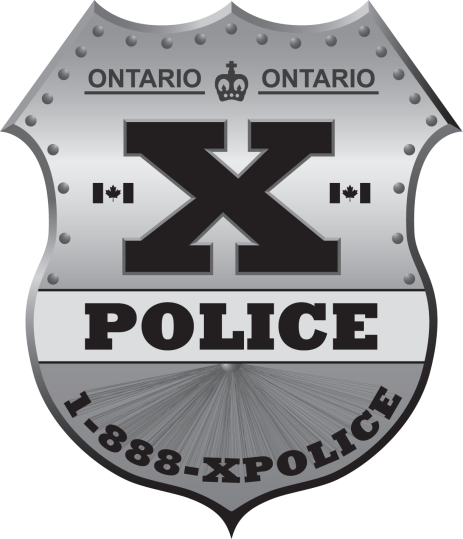Photo radar among improvements coming to area
Cars speeding and leaving arterial roads to use local streets in Willowdale is a familiar sight for Dimos Zarkadas.
The Yonge Street and Sheppard Avenue area resident has lived in the North York neighbourhood since 2005 and said traffic has gotten worse over the years due to intensification, more erratic driving and traffic navigation apps.
“No one is technically against development, not on our board anyway, but the development that’s taking place, the infrastructure to support that development has not kept up pace,” said Zarkadas, chair of traffic issues with the West Lansing Homeowners’ Association.
“We still have the same subway line with the same capacity that we did 15, 20 years ago but we have so many more residents living along the subway line. They’re all cramming into the subway, and the rest of them take their vehicles and consequently the more cars you have on the road the more they look for ways to get to their destination in a reasonable time so they cut through neighbourhoods such as ours.”
For Mike Capotosto, president of the West Lansing Homeowners’ Association, traffic has changed “unbearably” over the years.
“It’s just a non-stop flow of cars,” he said.
The issue of traffic safety was discussed recently at a meeting hosted by Coun. John Filion.
The issue is the No. 1 reason why constituents call his office, Filion said.
“It’s gotten steadily worse … people (are) cutting through neighbourhood streets often driving too quickly,” he said.
At the meeting, problems were raised like lack of safe infrastructure and dangerous driving in school and senior zones.
Toronto school board trustee Alexander Brown said traffic around schools can be chaotic during the morning and afternoon rushes.
“The streets in front of schools are … jam-packed with people who only have one goal in mind: themselves and their kids,” he said. “They really have a total disregard for any safety issues, now I’m not saying all parents but there’s enough of them that make it so bad that it’s just a matter of time before a little kid walks out between the middle of cars into the street … and is killed.”
Solutions were presented at the meeting as well, including the creation of more sidewalks and reduced speed limits.
Coming to the neighbourhood in December is photo radar, pending the passing of relevant provincial regulations, said city spokesperson Hakeem Muhammad in an email.
There will be two cameras in each ward in Toronto and they’ll be installed in community safety zones. The specific locations for the Willowdale cameras are still being finalized by staff.
Once operational, the cameras will capture and record images of vehicles travelling over the speed limit.
Warning letters will be issued to offending vehicles in lieu of a photo radar ticket only for the first three months after the official launch of the program. This is part of the city’s education campaign to inform residents about the program’s rollout and the implications of speeding, Muhammad said.
Capotosto has been wanting photo radar for years and said it will slow down drivers.
“Why are we having police officers with guns handing out traffic tickets? That’s insane,” he said. “The police should be getting bad guys, they shouldn’t be handing out traffic tickets.”
Filion echoed Capotosto’s comments.
“(We need) a lot more use of technology to change driver behaviour because we don’t have enough police officers and will never have enough police officers to tame the traffic,” he said. “With the use of technology, we can do something effective at a very reasonable cost.”
Brown said some schools are creating traffic management plans to help increase safety. He added he wants parents to consider using other streets to drop off their kids.
“Let your kids out there and if you want to stop your car and walk them over, then fine,” he said. “But at least you’re not creating that traffic chaos.”
Zarkadas wants more traffic calming measures installed such as speed bumps and curb extensions to make streets more visually narrow.
“People have to be prepared that there will be an inconvenience to them, that it will add an extra minute or whatever to get to and from their house,” he said. “However, it will make our neighbourhood safer.”
Source: Toronto.com
